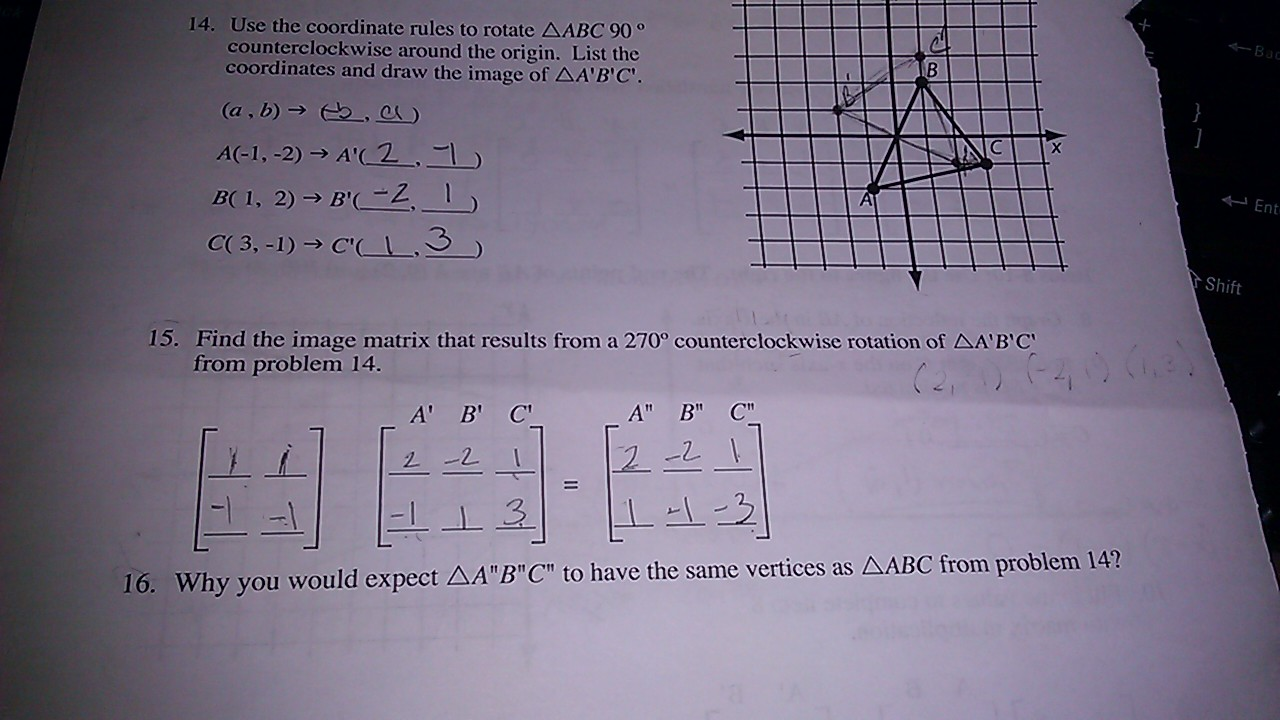

The bands obstructing the duodenum are divided if present, and the bowel is placed in position of nonrotation (small intestine on right, large bowel on the left, cecum in the left hypochondrium). Treatment for malrotation is a Ladd’s procedure.

Approximately 60% to 80% of neonates with malrotation develop volvulus. This may lead to loss of blood to the intestine, dead intestine, and ultimately death if untreated. Volvulus: twisting of the bowel mesentery. Transverse colon may occasionally show obstruction if volvulus is present. Barium enema may show an abnormally placed cecum, but normal placement does not Rule out malrotation.
270 clockwise rotation series#

Ladd’s bands may compress the second part of the nonrotated duodenum.Ladd bands (peritoneal bands) attach the cecocolic loop to the posterior abdominal wall.Cecum is in a subhepatic location on the right.Rotates only 180 degrees, instead of 270 degrees.While volvulus can occur, surgery does not decrease risk. In nonrotation, the cecum is in the left lower quadrant and the base of the small bowel mesentery is broad and not predisposed to volvulus. 0.5% of autopsies twice as frequently in males than females.Distal limb (colon) enters first instead of last, colon on the left small bowel on the right.Rotates through 90 degrees only, instead of 270 degrees.Second Stage Anomalies: Return to the Abdomen Stage III (nonrotation, cecal volvulus).Portions of the mesentery fuse with the posterior peritoneum.Fixation occurs from 12 weeks until after birth.The “pre-arterial†limb enters first.Undergoes a further 90 degree rotation counterclockwise to make the total rotation 270 degrees counterclockwise.

Normal Rotation: Second Stage (Return to the Abdomen) The proximal limb elongates faster than the distal limb.As it herniates, it undergoes a 180 degree counterclockwise twist around the SMA.Middle portion of growing intestine begins to herniate into the body stalk at 6 weeks.Normal Rotation: First Stage (Herniation) Babies are at highest risk of problems, with 50% to 75% of those who become symptomatic doing so in the first month of life and 90% during the first year of life. The autopsy prevalence is as high as 0.5 to 1%, but clinically malrotation only presents in live births.


 0 kommentar(er)
0 kommentar(er)
